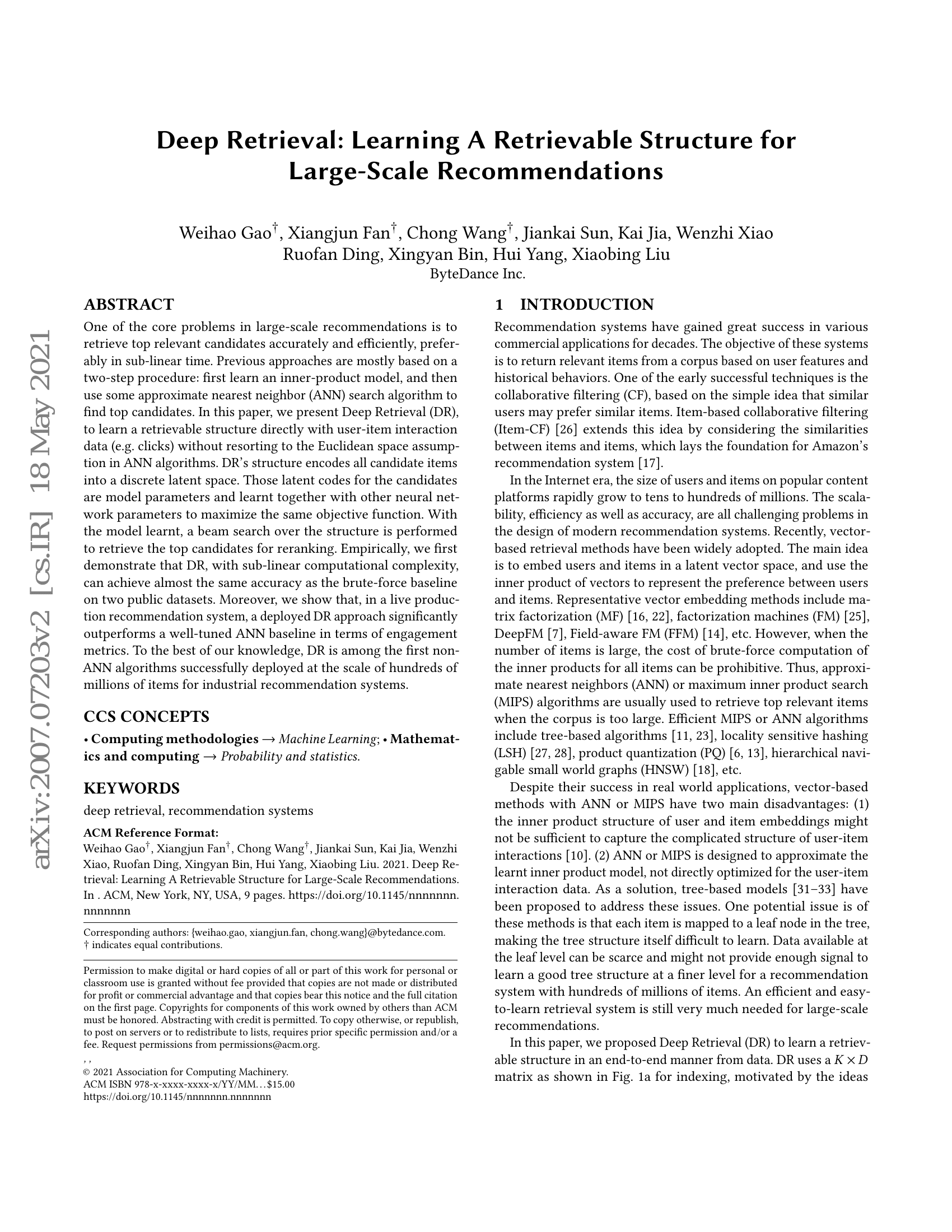Command Palette
Search for a command to run...
{Jun Mitani Yoshihiro Kanamori Yuki Endo}

Abstract
Inferring a high dynamic range (HDR) image from a single low dynamic range (LDR) input is an ill-posed problem where we must compensate lost data caused by under-/over-exposure and color quantization. To tackle this, we propose the first deep-learning-based approach for fully automatic inference using convolutional neural networks. Because a naive way of directly inferring a 32-bit HDR image from an 8-bit LDR image is intractable due to the difficulty of training, we take an indirect approach; the key idea of our method is to synthesize LDR images taken with different exposures (i.e., bracketed images) based on supervised learning, and then reconstruct an HDR image by merging them. By learning the relative changes of pixel values due to increased/decreased exposures using 3D deconvolutional networks, our method can reproduce not only natural tones without introducing visible noise but also the colors of saturated pixels. We demonstrate the effectiveness of our method by comparing our results not only with those of conventional methods but also with ground-truth HDR images.
Benchmarks
| Benchmark | Methodology | Metrics |
|---|---|---|
| inverse-tone-mapping-on-vds-dataset | DrTMO | HDR-VDP-2: 54.33 Kim and Kautz TMO-PSNR: 21.36 Reinhard'TMO-PSNR: 25.49 |
Build AI with AI
From idea to launch — accelerate your AI development with free AI co-coding, out-of-the-box environment and best price of GPUs.